New User? Avail 100Tk discount coupon
Focusrite Saffire PRO 26 – 18 Input / 8 Output FireWire Audio Interface
Original price was: ৳ 32,000.৳ 26,500Current price is: ৳ 26,500.
You Save: ৳ 5,500 (17%)
or Buy Now @ ৳ 2,396 per month for 12 months on EMI*
- 18-Input/8-Output Interface
- 4 Focusrite Preamps
- 24-Bit/96 kHz Audio Resolution
- S/PDIF and ADAT Optical Digital Inputs
- Dual Front-Panel Line/Instrument Inputs
- FireWire 400 & 800 Compatible
- Thunderbolt Ready with Optional Adapter
- Focusrite Red 2 and Red 3 Plug-In Suite
- Softube Time and Tone Bundle
- Mac OS X, Windows
Delivery
Inside Dhaka: From next day to 3 business days.
*Inside Dhaka North and South City Corporation.
Outside Dhaka: From next day to 5 business days.
**Home Delivery/Courier Delivery. Learn More
Shipping Charge
Inside Dhaka: Starts from 60Tk.
**Inside Dhaka North and South City Corporation.
Outside Dhaka: Starts from 100Tk.
**Home Delivery/Courier Delivery. Learn More
Payments
- Cash on Delivery
- Debit Card/Credit Card
- MFS Payment
- Bank Transfer
![]()
Spend TK.5000 or more and pay in 3 to 36 months EMI Learn More
Description
Focusrite Saffire PRO 26 – 18 Input / 8 Output FireWire Audio Interface
Focusrite Saffire PRO 26 – 18 Input / 8 Output FireWire Audio Interface. It is capable of capturing audio in up to 24-bit/96 kHz resolution and features 4 Focusrite preamps with selectable 48-volt phantom power on its rear panel. Additionally, the Saffire PRO 26 has 2 rear-panel 1/4″ line inputs, 2 front-panel instrument/line inputs, and ADAT optical and S/PDIF digital I/O connectivity options.
The interface features a FireWire 400 port and includes a FireWire 400 to 800 adapter cable. The Focusrite Saffire PRO 26 is portable and can be bus-powered via FireWire, making it an ideal mobile recording rig. An optional FireWire to Thunderbolt adapter allows for Thunderbolt connectivity, albeit at FireWire 400 speed. To help you get started recording, Focusrite has included a downloadable software bundle with DAW, plug-ins, and virtual instruments.
The Focusrite Red 2 and Red 3 Plug-In Suite (AAX, Audio Units, VST) delivers accurately modeled plug-ins based on the classic Focusrite Red 2 EQ and Red 3 Compressor hardware. The plug-ins allow for conveniently exploring the sound of the hardware originals from within Pro Tools (10 and above), along with other audio software. The software is a free download for new and current owners of the Saffire PRO 26.
In addition to the Red 2 and Red 3 Plug-in Suite, the interface includes the Softube Time and Tone Pack. Modeled after the Drawmer 1973 FET Stereo compressor hardware, the Drawmer S73 Intelligent Master Processor is a plug-in that aids in balancing and shaping a mix. TSAR-1R Reverb adds space, depth, and width to a sound. Change settings with a single slider, from realistic three-dimensional rooms to dramatic and dreamlike halls. Tube Delay is an echo effect that can go from clean to rude by overdriving its three modeled-tube stages – delivering everything from realistic room echoes, to rockabilly-style slap back, to dub reggae echo. Saturation Knob is a modeled output distortion unit that adds grit and warmth – use it to fatten up bass lines, add some harmonics and shimmer to vocals, or simply destroy a drum loop.
Focusrite Saffire PRO 26 Specifications
I/O
| Inputs | 2x Front-panel 1/4″ line/instrument inputs 2x Rear-panel XLR microphone inputs 2x Rear-panel combo XLR/TRS 1/4″ microphone/line inputs 2x Rear-panel 1/4″ line inputs 1x S/PDIF digital input 1x Optical ADAT digital input 1x 5-pin DIN MIDI input 1x Power supply input |
| Outputs | 2x Front panel 1/4″ headphone outputs 6x Rear panel 1/4″ line outputs 1x S/PDIF digital output 1x 5-pin DIN MIDI output |
| Connection | 1x FireWire 400 port |
Preamplifier
| Maximum Input Level | Without Pad: +8.5 dBu, balanced ≤ 1% THD With Pad: +16.6 dBu, Balanced ≤ 1% THD |
| Bandwidth | 20 Hz (minimum gain): -0.11 dB, roll-off when 0 dB @ 1 kHz 20 kHz (minimum gain): 0.02 dB, roll-off when 0 dB @ 1 kHz 20 Hz (maximum gain): -1.4 dB, roll-off when 0 dB @ 1 kHz 20 kHz (maximum gain): -0.45 dB, roll-off when 0 dB @ 1 kHz |
| THD + N | Minimum Gain: < -98 dB, -1 dBFS input, 20 kHz bandwidth Maximum Gain: < -81 dB, -1 dBFS input, 20 kHz bandwidth |
| EIN | < -124 dBu, maximum gain, 150-ohm termination, CCIR-RMS weighting |
| dBFS Relative to dBu | Minimum Gain: -8.2 dB Maximum Gain: 41.9 dB |
| Gain Range | 50 dB |
| CMRR | @ 997 Hz: Minimum Gain: < -54 dB Maximum Gain: < -84 dB@ 20 kHz: Minimum Gain: < -45 dB Maximum Gain: < -75 dB |
| Noise | NiPoS: Minimum Gain: < -106 dBu, 150-ohm termination, CCIR-RMS weighting Maximum Gain: < -82 dBu, 150-ohm termination, CCIR-RMS weighting |
| Phantom Power | Unloaded: 47.1 V P48 Load: 13.7 V |
| Crosstalk | 20 Hz: < -99 dB 997 Hz: < -96 dB 20 kHz: < -88 dB |
Line Input
| Maximum Input Level | Variable Gain: > 28 dBu, Balanced, ≤ 1% THD Fixed Gain: +10.7 dBu, Balanced, ≤ 1% THD |
| Bandwidth | 20 Hz (minimum gain): -0.07 dB, roll-off when 0 dB @ 1 kHz 20 kHz (minimum gain): 0.04 dB, roll-off when 0 dB @ 1 kHz 20 Hz (fixed gain): -0.1 dB, roll-off when 0 dB @ 1 kHz 20 kHz (fixed gain): 0.02 dB, roll-off when 0 dB @ 1 kHz 20 Hz (maximum gain): -1.35 dB, roll-off when 0 dB @ 1 kHz 20 kHz (maximum gain): -0.47 dB, roll-off when 0 dB @ 1 kHz |
| THD + N | Minimum Gain: < -88 dB, -1 dBFS input, 20 kHz bandwidth Fixed Gain: < -99 dB, -1 dBFS input, 20 kHz bandwidth Maximum Gain 1&2: < -63 dB, -1 dBFS input, 20 kHz bandwidth Maximum Gain 3&4: < -73, -1 dBFS input, 20 kHz bandwidth |
| EIN | 1&2: < -83 dBu, maximum gain, 50-ohm termination, CCIR-RMS weighting 3 to 6: < -94 dBu, maximum gain, 50-ohm termination, CCIR-RMS weighting |
| dBFS Relative to dBu | Minimum Gain: -30.7 dB Fixed Gain: -10.4 dB Maximum Gain: 19.5 dB |
| Gain Range | 50.2 dB |
| CMRR | 997 Hz: Minimum Gain: < -50 dB Fixed Gain: < -56 dB Maximum Gain: < -56 dB20 kHz: Minimum Gain: < -44 dB Fixed Gain: < -47 dB Maximum Gain: < -54 dB |
| Noise | NiPoS: Minimum Gain: < -105 dBu, 50-ohm termination, CCIR-RMS weighting Fixed Gain: < -107 dB, 50-ohm termination, CCIR-RMS weighting Maximum Gain 1&2: < -64 dBu, 50 ohm termination, CCIR-RMS weighting Maximum Gain 3&4: < -75 dBu, 50 ohm termination, CCIR-RMS weighting |
Instrument Inputs
| Maximum Input Level | Without Pad: +8.1 dBu, unbalanced ≤ 1 % THD With Pad: +12.8 dBu, unbalanced ≤ 1 % THD |
| Bandwidth | 20 Hz (minimum gain): -0.02 dB, roll-off when 0 dB @ 1 kHz 20 kHz (minimum gain): -0.01 dB, roll-off when 0 dB @ 1 kHz 20 Hz (maximum gain): -1.3 dB, roll-off when 0 dB @ 1 kHz 20 kHz (maximum gain): -0.48 dB, roll-off when 0 dB @ 1 kHz |
| THD + N | Minimum Gain: < -92 dB, -1 dBFS input, 20 kHz bandwidth Maximum Gain: < -59 dB, -1 dBFS input, 20 kHz bandwidth |
| EIN | < -97 dBu, maximum gain, 600 ohm termination, CCIR-RMS weighting |
| dBFS Relative to dBu | Minimum Gain: -7.8 dB Maximum Gain: 42.3 dB |
| Gain Range | 50 dB |
| Noise | Minimum Gain: < -105 dBu, 600 ohm termination, CCIR-RMS weighting Maximum Gain: < -60 dBu, 600 ohm termination, CCIR-RMS weighting |
Line Outputs
| Maximum Output Level | 15.9 dBu, 0 dBFS input level |
| Bandwidth | 20 Hz: -0.08 dB, roll-off when 0 dB @ 1 kHz 20 kHz: -0.63 dB, roll-off when 0 dB @ 1 kHz |
| THD + N | < -95 dB, – 1 dBFS input, 20 kHz bandwidth |
| Noise | NiPoS: < -83 dBu, 50 ohm termination, CCIR-RMS weighting |
| Dynamic Range | > 99 dB, 20 kHz bandwidth |
| Crosstalk | 20 Hz: < -102 dB 997 Hz: < -101 dB 20 kHz: < -84 dB |
Headphone Output
| Maximum Output Level | Unloaded: 13.7 dBu, 0 dBFS input signal 600 ohms: 13.6 dBu, 0 dBFS input signal 150 ohms: 13.2 dBu, 0 dBFS input signal 33 ohms: 10.2 dBu, 0 dBFS input signal |
| THD | @ 0 dBFS: Unloaded: < -47 dB, 20 kHz bandwidth 600 ohms: < -40 dB, 20 kHz bandwidth 150 ohms: < -31 dB, 20 kHz bandwidth 33 ohms: < -17 dB, 20 kHz bandwidth |
| Minimum Level | Unloaded: 0.0 dBFS, ≤ 1% THD 600 ohms: 0.0 dBFS, ≤ 1% THD 150 ohms: -0.4 dBFS, ≤1 % THD 33 ohms: -3.0 dBFS, ≤1 % THD |
| Maximum Level | Unloaded: 13.7 dBu, ≤1 % THD 600 ohms: 13.6 dBu, ≤1 % THD 150 ohms: 12.8 dBu, ≤1 % THD 33 ohms: 8.9 dBu, ≤1 % THD |
| Maximum Power | 600 ohms: 13.6 dBm,≤1 % THD 18.8 ohms: 18.8 dBm, ≤1 % THD 33 ohms: 21.4 dBm, ≤1 % THD |
Digital
| Clock Accuracy | 44.1 kHz: 4.5 ppm 48 kHz: 6.5 ppm |
System Requirements
| Windows | CPU/Clock: 900 MHz or Pentium (1.5 GHz or higher recommended) Memory (RAM): 512 MB (More recommended) Screen Resolution: 1024×768 (1280×1024) or more recommended) |
| Mac | CPU/Clock: Power PC G4/Dual 1 GHz or faster or any Intel-based Mac Memory (RAM): 512 MB (More recommended) Screen Resolution: 1024×768 (1280×1024) or more recommended) |
Physical
| Dimensions | 10.7 x 18.5 x 4.3″ (273 x 470 x 108 mm) |
| Weight | 6.8 lb (3 kg) |
Packaging Info
| Package Weight | 6.8 lb |
| Box Dimensions (LxWxH) | 18.425 x 10.866 x 4.173″ |
See more soundcards
We do not sell any replica products. We believe in quality. Not in quantity.
Call for any enquiry: +8801798740472; +8801302555180.






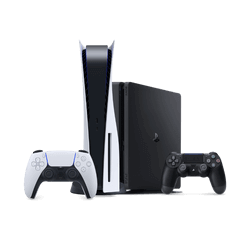
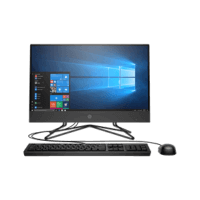
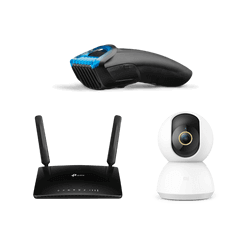

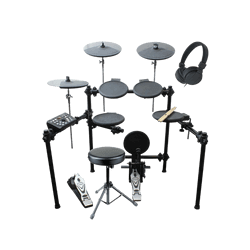

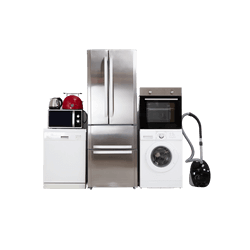
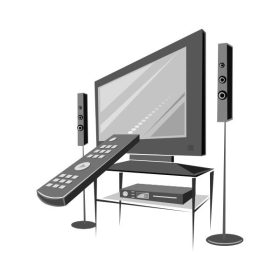





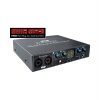
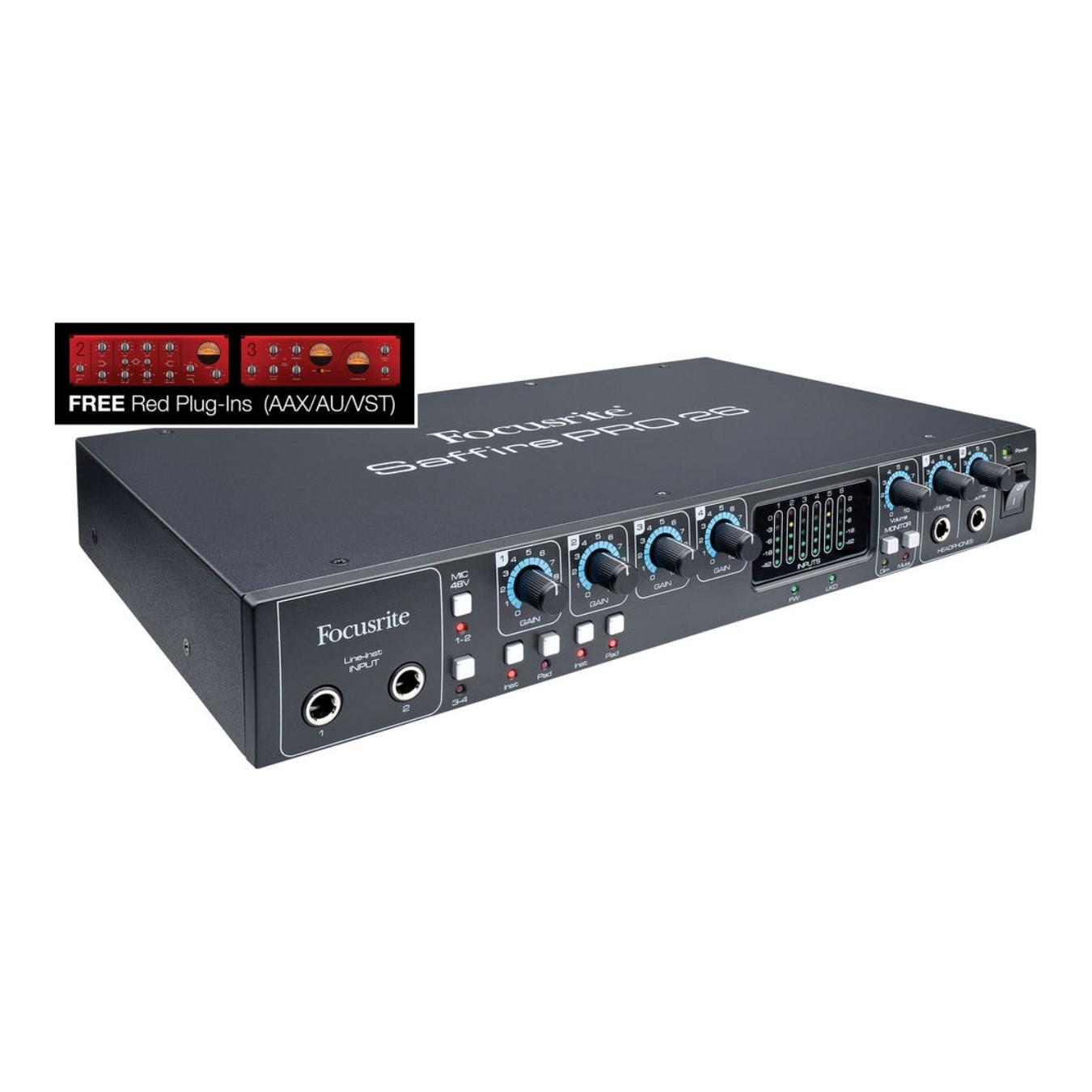

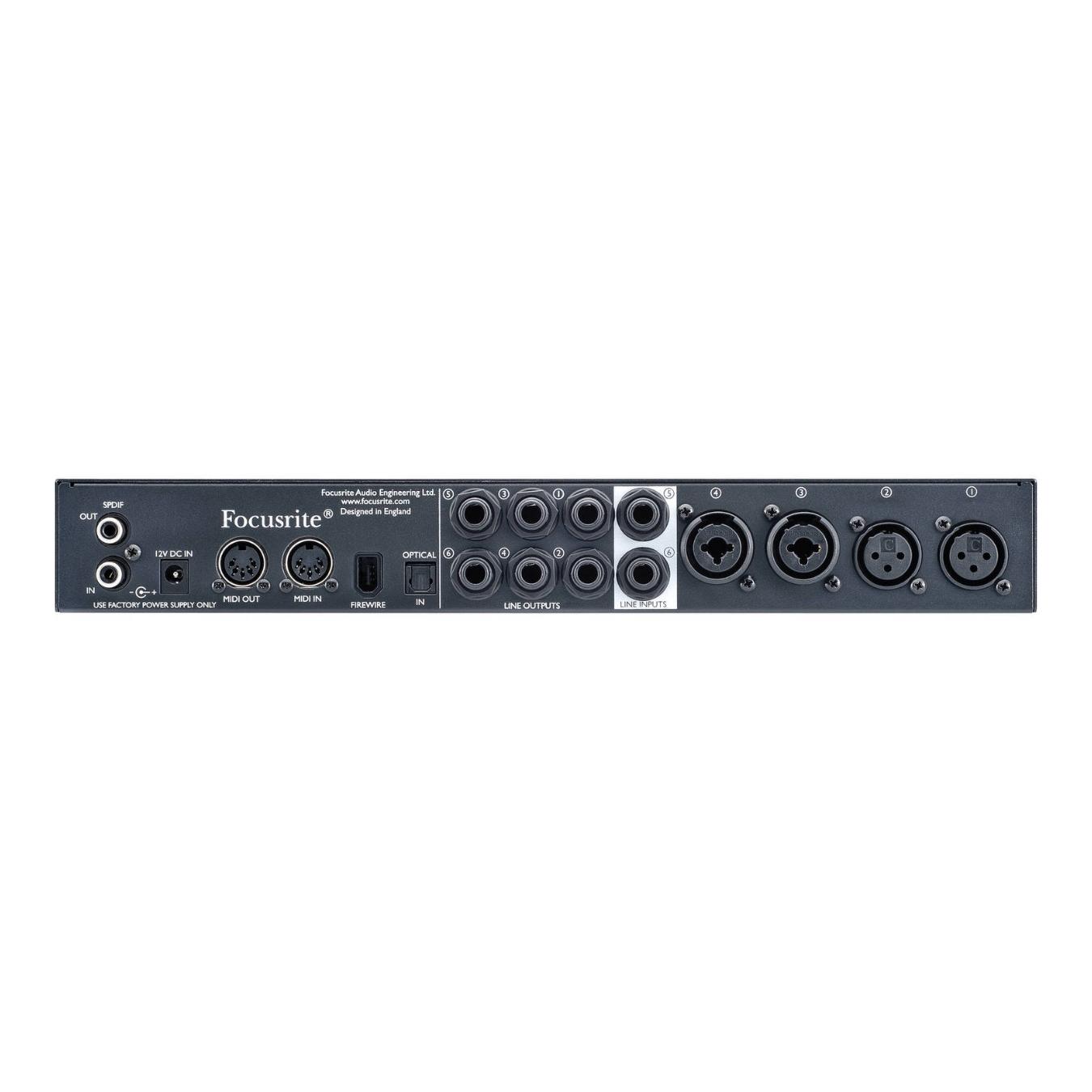
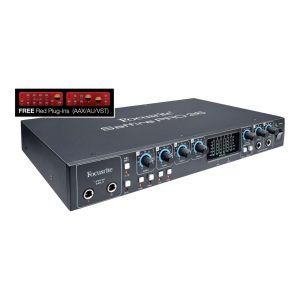
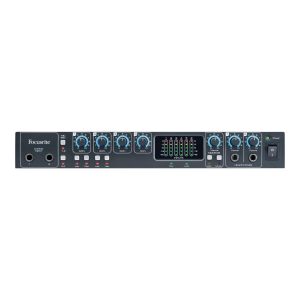




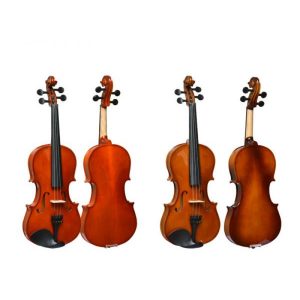
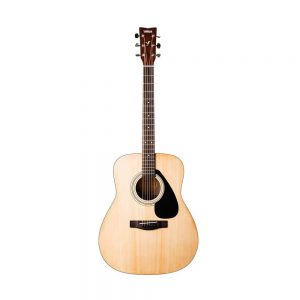

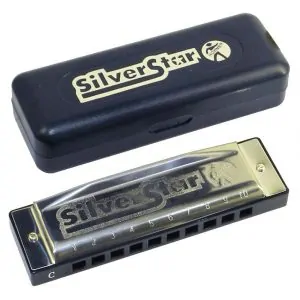
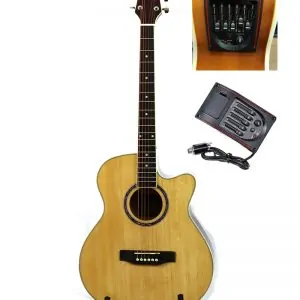


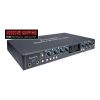
Reviews
There are no reviews yet.